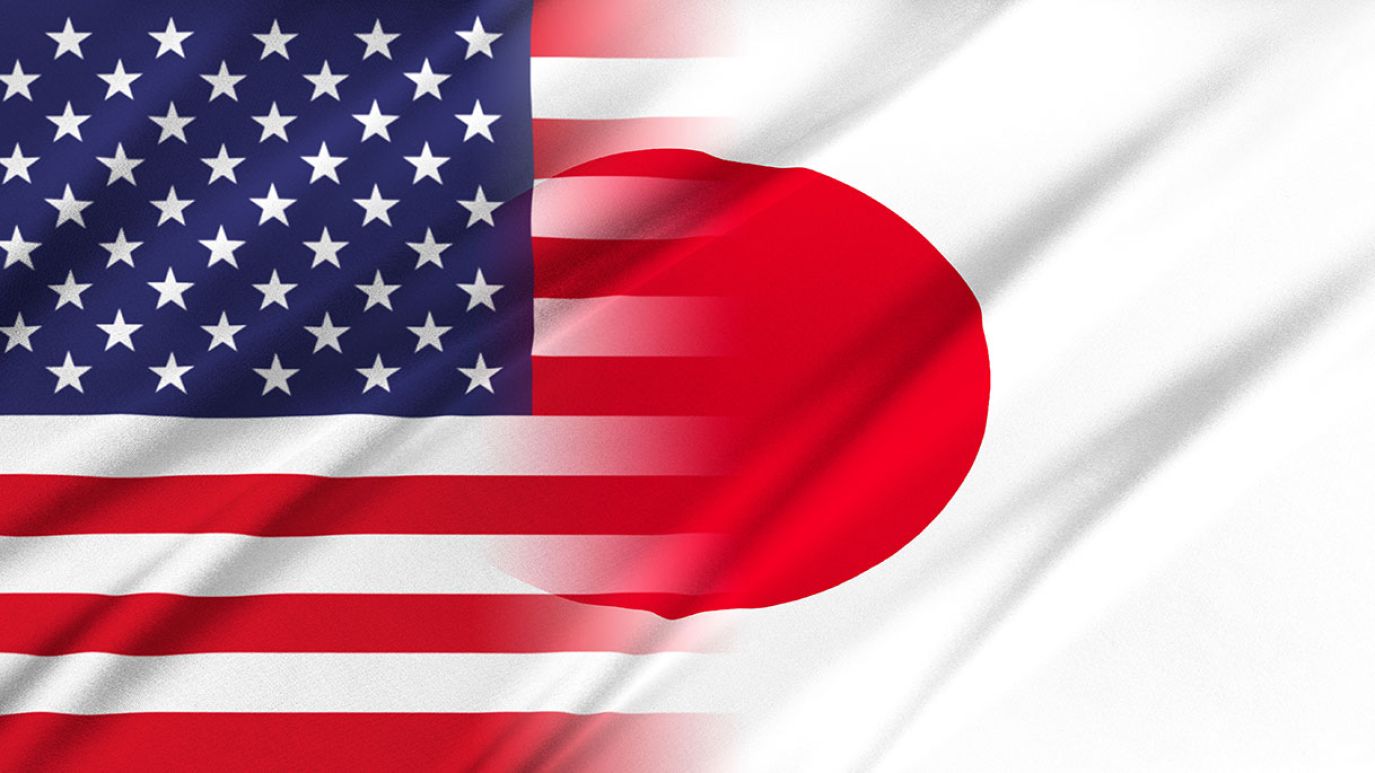
The US and Japan are expected to announce an upgrade to their defense pact at the 10 April meeting between President Joe Biden and Japanese Prime Minister Fumio Kishida in Washington. Pamir assesses that China is likely to pursue political and military responses in the coming months that may escalate geopolitical tensions in the East China Sea, Taiwan Strait, and South China Sea. American companies operating in the region are advised to monitor potential risks to supply chains, maritime transport, personnel, operations, and assets.
On 24 March, the Financial Times reported that the US and Japan will make the most significant upgrade to their joint defense arrangement since 1960, when the two countries signed their mutual defense treaty. The restructuring is expected to be announced when President Biden and Japanese Prime Minister Kishida meet in Washington on 10 April.
- The restructuring may involve the US upgrading the US Forces Japan (USFJ) from a three-star command to a four-star command. Japan has been pushing the US to appoint a more senior officer to command USFJ to better coordinate operations between US and Japanese forces, but there is resistance to this idea in Washington.
- Japan will reportedly establish a joint command overseeing all Japanese military operations to be headed by a four-star general officer before the end of 2025.
- The upgrade will lay the groundwork for joint operations between the US and Japan under a unified command, as in South Korea. Ryoichi Oriki, a former chief of the Joint Staff of Japan’s Self Defense Forces, said the upgrade would “send a strong strategic signal to China and North Korea.”
In the past decade, Japan has increased its defense buildup, reflecting its “serious concern” about China’s growing military power and its threat to Taiwan. Other Japanese security concerns include an increasingly hostile nuclear-armed North Korea and Japan’s ongoing dispute with Russia over the four Russian-occupied northern islands.
- In November 2022, Tokyo announced it would double its defense spending by 2027 and commit 2% of its GDP to defense, in line with NATO’s guideline for its members.
- In December 2023, the Japanese cabinet approved a record post-World War II defense budget of $56 billion for 2024, a 16% increase over 2023, which marks 12 consecutive years of Japanese defense budget growth.
- Reports indicate that portions of the increased spending will be used to accelerate the deployment of long-range cruise missiles that can hit China, Russia, and North Korea. The Japanese cabinet also eased its post-World War II ban on the export of lethal weapons.
The Chinese government has not yet formally responded to reports of an upgraded US-Japan defense pact. Chinese state media Xinhua, however, relayed the Financial Times report with the headline “Warning, the US and Japan plan for the largest upgrade of their defense pact in more than 60 years to counter China.” Some Chinese military experts believe Japan is using the restructuring of the US-Japan defense pact as an excuse to remove Japan’s constitutional restrictions on its military structure and operations and elevate Tokyo’s political role in the Indo-Pacific region.
- Over the years, China has been critical of Japan’s military buildup and the Chinese Foreign Ministry has indicated that Japan’s defense buildup “is a very dangerous development and has led to serious doubts among Japan’s Asian neighbors and the wider international community about whether Japan is genuinely committed to an exclusive defense-oriented policy and a path of peaceful development.”
China’s 5G influence in developing economies
China’s Belt and Road Initiative and its digital counterpart, the Digital Silk Road, threaten to displace US telecom and tech companies in developing economies in Africa, Latin America and the Middle East. How can US operators and network providers stand up to the challenge?